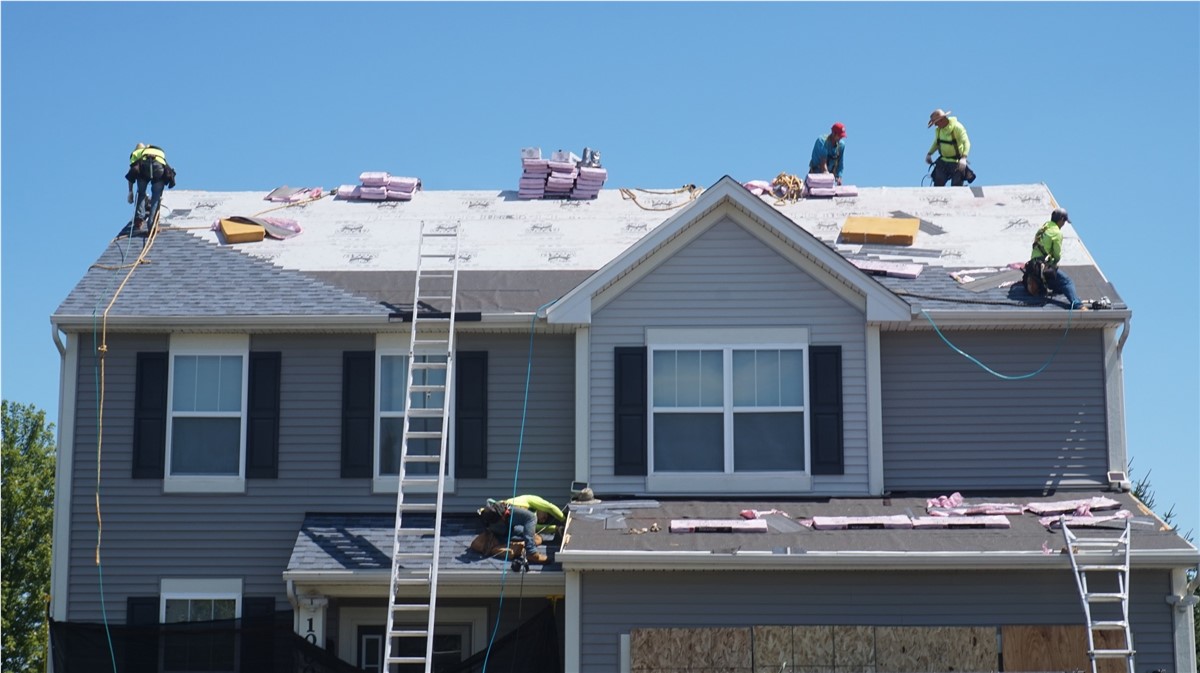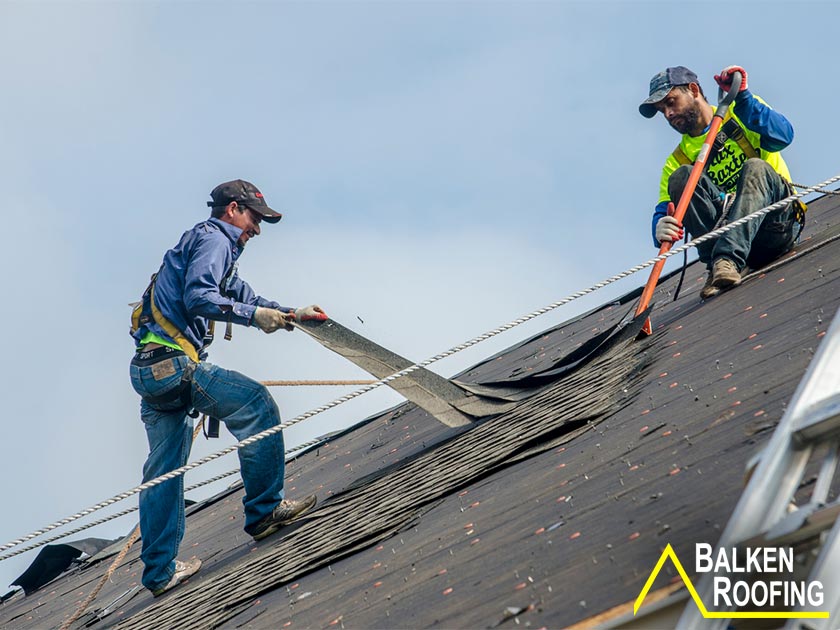Specialist Roofer: Quality Craftsmanship for Your Roofing Demands
Assessing the Best Roofing Materials for Substitute: A Detailed Analysis of Resilience, Price, and Aesthetic Appeal
Choosing the best roof covering product for replacement entails a cautious evaluation of several essential aspects, including durability, cost, and visual allure. Each alternative offers special advantages and drawbacks; for example, asphalt shingles are budget-friendly yet shorter-lived, while steel roof coverings guarantee durability at a greater investment. The visual effect of products like clay tiles can not be neglected, despite their premium cost factor. Understanding how these components communicate can dramatically affect the decision-making procedure. As we discover these elements further, the ramifications for your certain scenario come to be progressively important.
Summary of Roof Products
As home owners significantly prioritize durability and power performance, recognizing the numerous roof materials offered for substitute becomes vital. The selection of roofing materials directly influences not just the visual allure of a home but likewise its lasting performance and upkeep expenses.
Amongst one of the most usual roof materials are asphalt tiles, metal roofing, and tile. Asphalt shingles are preferred for their cost and convenience of installment, making them a preferred selection for several residential applications. Metal roof, which consists of products such as steel and light weight aluminum, supplies phenomenal toughness and energy performance, typically mirroring warmth and minimizing cooling prices. Ceramic tile roofing, commonly made from clay or concrete, is treasured for its long life and aesthetic appeal, providing an unique look that can improve a home's value.
Furthermore, more recent materials such as artificial roof shingles and environment-friendly roofing systems are getting traction. Synthetic alternatives imitate typical materials while giving enhanced sturdiness and reduced maintenance requirements. Green roofs, which incorporate plant life, contribute to power efficiency and biodiversity.
Durability Evaluation
When assessing roof products for replacement, sturdiness is an important variable that house owners need to think about. The lifespan and resilience of roofing materials straight affect lasting maintenance and substitute costs. Different materials show differing levels of resilience, making it necessary to comprehend their efficiency under environmental stress factors.
Asphalt tiles, while prominent for their cost-effectiveness, commonly last 15 to 30 years and might need more constant replacement due to wear and tear from UV direct exposure and severe climate. In contrast, steel roof covering supplies amazing sturdiness, with a lifespan of 40 to 70 years and resistance to wind, fire, and bugs. Furthermore, clay and concrete ceramic tiles can endure severe problems, commonly outlasting 50 years, although their weight necessitates a robust architectural support group.

Expense Contrast
Thinking about the monetary ramifications of roofing materials is important for house owners preparing a substitute. The cost of roofing materials can differ dramatically based on variables such as product type, installment complexity, and local rates differences.
Asphalt shingles are among the most affordable options, generally ranging from $90 to $100 per square (100 square feet), making them a preferred option for budget-conscious homeowners. On the other hand, steel roofing can set you back between $250 and $700 per square, depending on the type of metal and surface selected. While metal roofings tend to have a greater upfront price, their long life and power performance may result in cost financial savings over time.
Clay and concrete floor tiles are additionally on the greater end of the spectrum, averaging in between $300 and $600 per square. These materials offer toughness and aesthetic charm but require a considerable preliminary investment.
Finally, slate roof covering, known for its exceptional toughness and timeless look, can vary from $600 to $1,500 per square, making it one of the most pricey alternative. House owners must weigh the initial expenses against the expected life-span and upkeep requirements of each material to make an educated choice.
Aesthetic Factors To Consider
Aesthetic considerations play a vital function in picking roof covering products, as the roofing system dramatically influences a home's total look and curb appeal. House owners frequently seek products that enhance their building style and enhance the aesthetic allure of their property. The color, appearance, and profile of roof covering materials can considerably affect the general visual.
Products such as asphalt tiles supply a selection of shades and styles, making them a popular selection for property projects. On the other hand, metal roofing offers a streamlined, modern look and is readily available in various coatings that can fit modern designs. Conventional options like clay ceramic tiles or slate can stimulate an ageless style, attracting those who prefer traditional appearances.
In addition, the assimilation of roofing materials with bordering components, such as siding and landscape design, is vital. A cohesive color scheme and unified appearances can elevate a home's exterior and add to its worth. Home owners should also take into consideration about his how the selected roofing material communicates with natural light, as this can impact the roofing system's appearance throughout the day. Eventually, selecting aesthetically pleasing roof covering published here products requires careful consideration of personal taste, building design, and the total vision for the home.
Final Recommendations
Choosing the appropriate roof product can considerably improve a home's longevity and aesthetic charm. roofer. Based upon our analysis of resilience, cost, and aesthetic variables, we advise three primary choices for home owners considering a roof substitute
First of all, asphalt roof shingles continue to be the most preferred selection because of their affordability and adaptability. They supply a good equilibrium of cost-effectiveness and defense, making them ideal for the majority of residential applications. Homeowners ought to consider their durability, as they normally last 15 to 30 years.

Finally, for those looking for an upscale visual, slate or ceramic tile roof covering offers unparalleled beauty and toughness. Although these materials include a high price tag, their lifespan can go beyond 100 years, making them a worthy investment for luxury homes.
Ultimately, the ideal selection will rely on specific spending plan, aesthetic preferences, and local climate factors to consider. Home owners ought to speak with a roof covering expert to check my site assess their specific needs.
Final Thought
In conclusion, picking the appropriate roof covering product demands a mindful examination of toughness, price, and aesthetic allure. Asphalt tiles provide a cost-effective option with modest long life, while metal roof covering succeeds in durability and power efficiency.